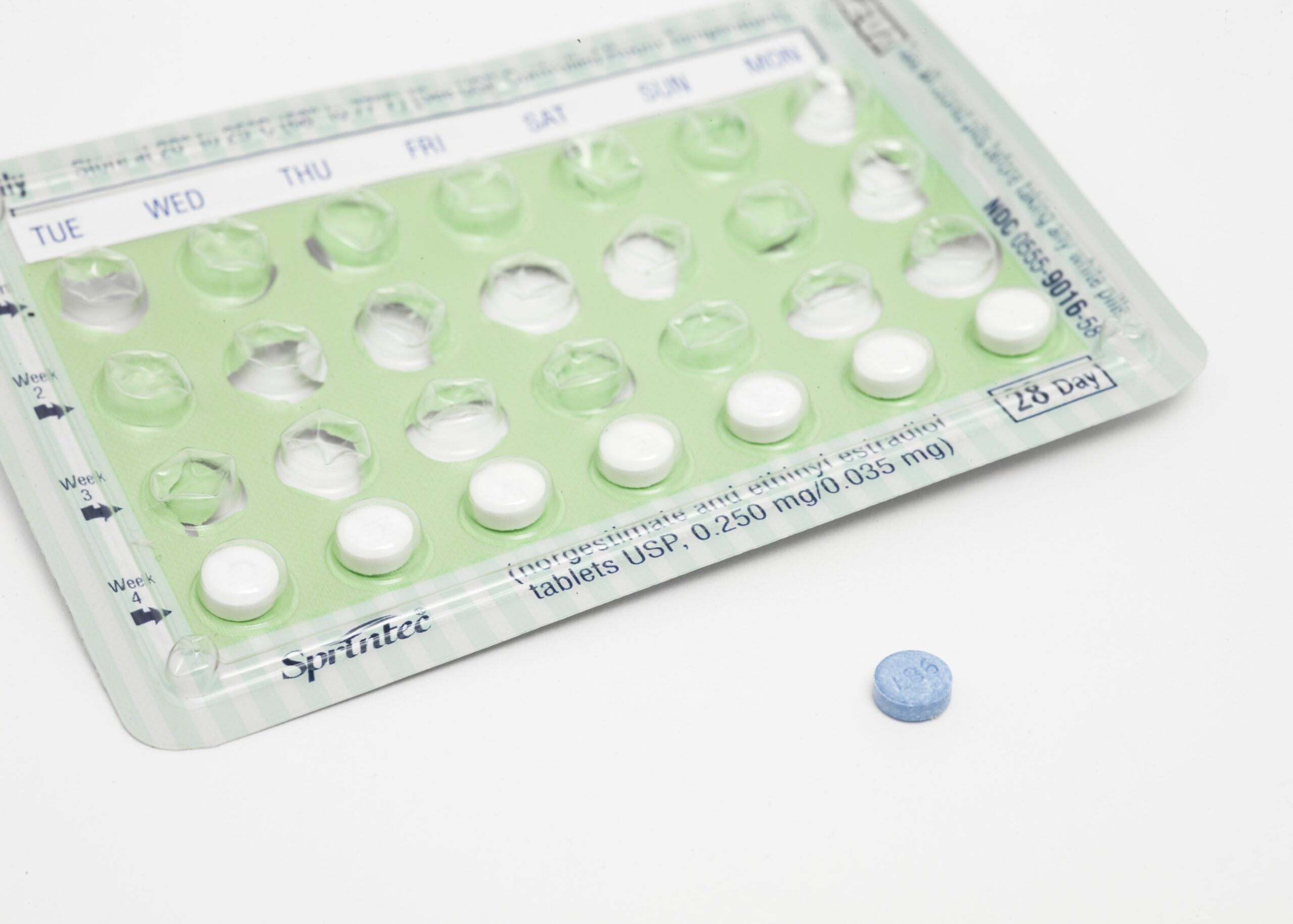
Combined Pill Vs. The Mini Pill
It’s so important to ensure that you are taking the right kind of pill for your individual
circumstances – including current or past health issues, lifestyle and plans for the future.
Regardless of whether you are already on the pill or are thinking of going on the pill, making yourself familiar with some of the key differences between the two types outlined below will help you decided which one may best suit your needs.
There are two types of oral contraceptive pills that are collective known as the “The Pill”
The combined pill and the progestogen-only pill (POP) also known as the mini pill.
The main differences are outline below.
Ingredients:
The combined pill contains two synthetic hormones – an oestrogen (e.g. ethinyloestradiol, mestranol, oestradiol) and a progestogen (e.g. levonorgestrel, norethisterone, gestodene) Examples of the combined pill include Femme-Tab, Levelen, Diane, Yaz and all the other girls’ names).
The mini pill contains only one synthetic hormone – a progestogen. Examples of the mini pill include Microlut, Locilan and Noriday.
Wait, what do you mean by “synthetic hormones”?
All hormonal birth control contains synthetic or “pseudo” hormones such as those listed above. Their role is to inhibit the production of the body’s natural hormones – oestradiol and progesterone – in order to prevent pregnancy. Unfortunately, unlike our natural hormones which have a number of health benefits, these synthetic hormones are often the cause of many of the common side effects women using hormonal birth control can experience. These include mood swings, headaches, weight gain, breast pain, eczema and irritable bowel syndrome.
Mechanism of action
The combined pill prevents pregnancy by:
– Thickening the mucus in the vagina and cervix
– Thinning the lining of the of the womb
– Supressing ovulation
The mini pill prevents pregnancy by:
– Thickening the mucus in the vagina a cervix
– Thinning the lining of the womb
– It does NOT reliably suppress ovulation
Taking the pill
The combined pill usually contains 21 hormone pills and 7 sugar pills. Each pill must be taken at the same time every day for it to be effective. If you miss a pill, take it as soon as possible and continue with your usual schedule (even if it means taken 2 pills on the same day).
If you take the sugar pills you should expect a bleed every 28 days.
The mini pill contains 28 hormone pills, there are no sugar pills. Each pill must be meticulously taken at the same time every day for it to be effective. It is a very low dose contraceptive and is unforgiving of mistakes. It is very important to not be more than three hours late when taking the mini pill. If you do, obtain from sex or use a back-up method for the next 48 hours. Your periods may become irregular or stop altogether when using the mini pill.
Advantages
Combined pill
– Periods may become lighter, more regular and less painful
– Acne can improve
Mini pill
– Suitable for women who cannot take the combined pill due to the oestrogen it
contains. E.g. those with heart disease, high blood pressure, those at risk of blood
clots.
– It is a low dose hormone
– It does not entirely suppress ovulation
– It can be used when breast feeding
Disadvantages
Combined pill
– Suppresses ovulation
– May cause headaches, tender breasts and nausea
– May cause unwanted changes to the skin
– May cause mood changes
– May cause bloating
Mini pill
– Less effective than the combined pill if not taken correctly
– May result in spotting or irregular vaginal bleeding
– May cause headaches and tender breasts
– May cause unwanted changes to the skin
– May cause mood changes
If you would like to find out more about your oral contraceptive pill or alternatives to
hormonal birth control, please click here to book in for a free 20-minute Base Chat with one
of our Naturopaths.
References
Cooper, D. B. & Adigun, R. (2018). Oral Contraceptive Pills. Retrieved 8 February 20, from
https://www.ncbi.nlm.nih.gov/books/NBK430882/
Briden, L. (2018). Period Repair Manual. Sydney: Macmillan Australia.
Family Planning Victoria. (2016). The mini pill. Retrieved 8 February 2018, from
https://www.fpv.org.au/for-you/contraception/daily-contraceptive-pills/the-mini-pill
Family Planning Victoria. (2016). Contraceptive Pill. Retrieved 8 February 2018, from
https://www.fpv.org.au/for-you/contraception/daily-contraceptive-pills/contraceptive-pill
The Royal Women’s Hospital. (2018). Contraceptive Pills. Retrieved 8 February 20, from
https://www.thewomens.org.au/health-information/contraception/contraceptive-pills
#OralContraceptivepill #Thepill #combinedpill #minipill #femalehormones #contraception





